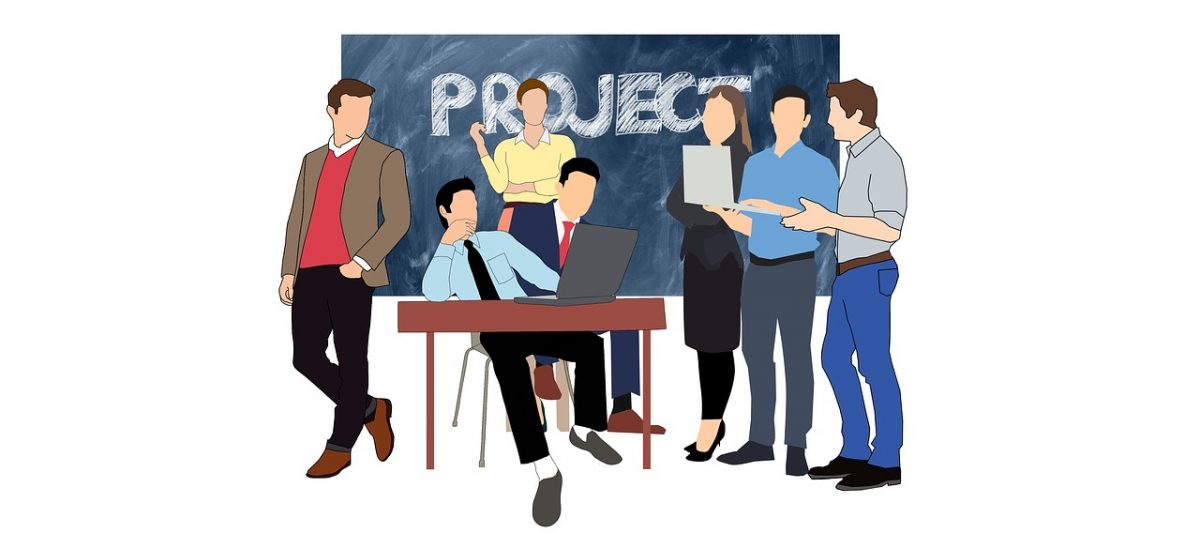The problem
We sometimes find it hard to challenge and critique an idea or a way of working. Many of us are naturally hesitant and would rather not upset someone or undermine someone else’s work.
The solution
Often used in the military, here’s my light-weight formulation of the Red Team technique which evolved independently of developments elsewhere. It’s been adopted in a number of settings.
The technique gives individuals permission to criticise and pull-apart their colleague’s idea. Here’s how I’ve coached teams to use the practice.
Red Team members are temporarily given this permission to act in this manner – typically for 10 to 15 minutes.
It should not be imposed upon an individual or team who has work that may need critiquing; they should instigate it.
How to do it
- Sit those proposing the idea with the Red Team members
- Ideally, there should also be a facilitator
- Those proposing the idea should present their idea succinctly
- The Red Team members should then respond stating their questions, challenges, and criticisms
Recommendations
1. How to respond to the Red Team
Those presenting their idea should state their proposal, answer any clarifying questions, listen to the criticism, but not respond in any other way.
2. Things the Red Team should consider when criticising
3. When to form a Red Team
4. Who should be on the Red Team
Obviously, the Red Team shouldn’t include those working on the idea.
So the Red Team can have a degree of naivety and curiosity, I recommend they don’t know too much about the idea. Neither should the Red Team have the same understanding of the problem domain as those presenting the idea.
Red Team members should act like a critical friend.
A critical friend can be defined as a trusted person who asks provocative questions, provides data to be examined through another lens, and offers critiques of a person’s work as a friend. A critical friend takes the time to fully understand the context of the work presented and the outcomes that the person or group is working toward. The friend is an advocate for the success of that work. – Desmond Nuttall
In summary
What is a Red Team
Why use the Red Team technique
It helps to strengthen propositions by testing assumptions and exploring alternatives.
Related Reading
- A powerful method, but needs more set-up and facilitation: Ritual Dissent from Cognitive Edge
- Thoughtful Disagreement developed by Ray Dalio
- Troika Consulting: A Liberating Structures technique which helps people gain insight on issues they face and unleash local wisdom for addressing them

